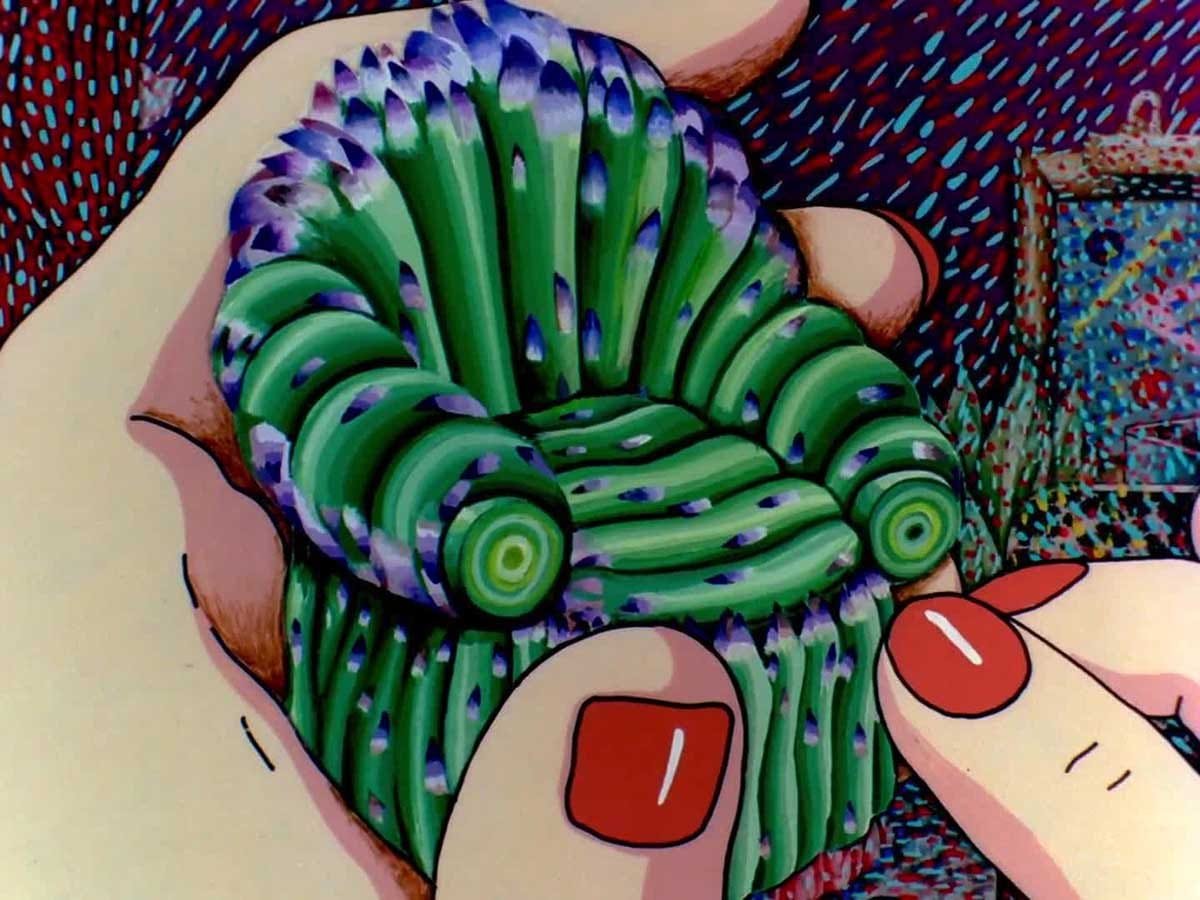Experimental and Expanded Animation
Reflection on the Introduction chapter of Experimental and Expanded Animation New Perspectives and Practices Edited by Vicky Smith & Nicky Hamlyn
Animation has long been a powerful medium for storytelling and artistic expression, but contemporary animation practices are pushing the boundaries of what the art form can achieve. The introduction section of "Experimental and Expanded Animation: New Perspectives and Practices" explores the multidisciplinary nature of contemporary animation practices and highlights the many innovative animators whose unique styles and techniques demonstrate the breadth and depth of animation as an art form and the impact of digital technology on contemporary animation practices. The chapter emphasizes the multidisciplinary nature of contemporary animation practices, with many animators using a wide range of media and techniques to create unique and visually stunning animations for example use a combination of hand-drawn animation, live-action footage, and other forms of visual and sonic art to develop new and innovative forms of expression.
For example, I found Suzan Pitt's works very unique and fascinating. Her work particularly stands out for its vivid colors, intricate designs, and dreamlike imagery. As one of the most influential animators, her animation style blends traditional techniques, such as hand-drawn animation, with experimental and avant-garde approaches, such as stop-motion, collage, and puppetry to achieve a very surreal and dreamlike quality. Another unique aspect is her use of symbolism and metaphor to explore complex themes, such as the human psyche and the subconscious. Moreover, the chapter highlights the potential of animation to address social and political issues. Animation has the unique ability to convey complex ideas and emotions in a way that is accessible to a wide audience. Her work also often explores issues related to gender, sexuality, and identity, For example, in Asparagus, the animation uses the slenderest of narratives to structure an intensely self-contained world that turns in upon itself, architecturally and emotionally, opening boxes within boxes, rooms within rooms. It shows how through experimental animation, we can explore the intricate functioning of the internal mind. To externalize the internal consciousness is no easy feat, with no real direct method. It’s so vague, so sprawling and so extraordinary that the freedom of the animation genre is perhaps the best vehicle to express this idea within. I believe Asparagus was ahead of its time in the importance of figuring out a more complex, denser relationship to sensuality as opposed to the shallow one-liner.
The chapter also discussed about With the rise of digital tools and software, animators have more creative freedom and flexibility than ever before. They can use a wide range of techniques, including 2D and 3D animation, motion graphics, and compositing, to create visually stunning and complex works of art. Many animators also engage with the implication of media proliferation in terms of how VR and CG shape our experience and expectations of space. The use of digital technology has also enabled animators to collaborate more easily with artists from other disciplines, such as musicians, writers, and visual artists. This has led to an exciting convergence of different art forms, resulting in groundbreaking and innovative works.
For example, I believe Karl Sims is one of the most pioneering computer graphics artists that made significant contributions to the field of experimental animation. One of his most notable works is "Panspermia," a computer-generated animation that explores the idea of life spreading throughout the universe. Using 3D software, Sims created a mesmerizing visualization of organic forms evolving and multiplying in a vast and colorful cosmic landscape. Another example of Sims' work is "Evolved Virtual Creatures," a simulation that allows virtual creatures to evolve and adapt in a simulated environment. By harnessing the power of evolutionary algorithms, Sims demonstrated the potential of artificial life and the possibilities of using computer simulations to study complex systems. Through his innovative use of 3D software, Sims has expanded the boundaries of animation and computer graphics, blurring the line between art and science.
The book defines experimental animation as forms of animation that are as far from conventional cartoons as possible, its emphasis is on non-generic, non-narrative animation.






Asparagus by Suzan Pitt 1979
An example of an Avant-garde feminist film "embedded with numerous political issues", and it "is a film of social critique and is a deeply personal visual narrative on identity"
An Experimental Particle Animation by Anton Woll Söder. Example of animation using VFX software Houdini





